Aeschinantus is a very unusual member of the Gesneriaceae family. To date, about 140 varieties of this plant are known, which in nature live in the tropical climate of Southeast Asia and on islands in the Pacific Ocean. As a domestic flower, only a couple of dozen species are grown, but a great many of their hybrids are bred.
Care for eschinanthus at home is quite complicated: watering, feeding, reproduction have their own subtleties. But difficulties in leaving will pay off with interest when the whole bush is covered with bright and unusual colors. True, it is difficult to achieve flowering even for an experienced grower, but even without blooming, the plant looks spectacular and has high decorative value due to large oval leaves.
In the natural habitat, the flower twists along tree trunks and stones, so in indoor conditions it is often planted in hanging flowerpots and a cache-pot. In this position, the foliage has an original appearance, forming a unique living cascade.
Content
Eschinanthus characteristics, photos and species names
Aeschinanthus are mostly climbing plants, but there are also bush species. Their fleshy dense leaves on short petioles are formed on the stems whorled or opposite. They are characterized by a bright green color and pointed tips. Tubular-shaped flowers are located in the axils of the foliage at the ends of the branches.
They are painted red, yellow or orange. Adult specimens can grow to a height of 90 cm. After pollination, the fruits ripen on the stems - oblong capsules with seeds inside. The seed ripening period is about three months.
The main advantage of eschinanthus are precisely these unusual flowers, but some varieties are bred because of the decorative part of the leaf. Having examined the most popular types in the photo, it becomes clear why they were given such names - the appearance speaks for itself.
Twister
Aeschinantus twister differs from its relatives in beautiful curled foliage. Dark green glossy leaves look like curls. The surface of the leafy part is as if covered with a layer of wax. In the flowering phase, red flowers with an orange tint are formed on the liana. Ampel plant with long curly stems looks great on high shelves, shelving and in hanging flowerpots.
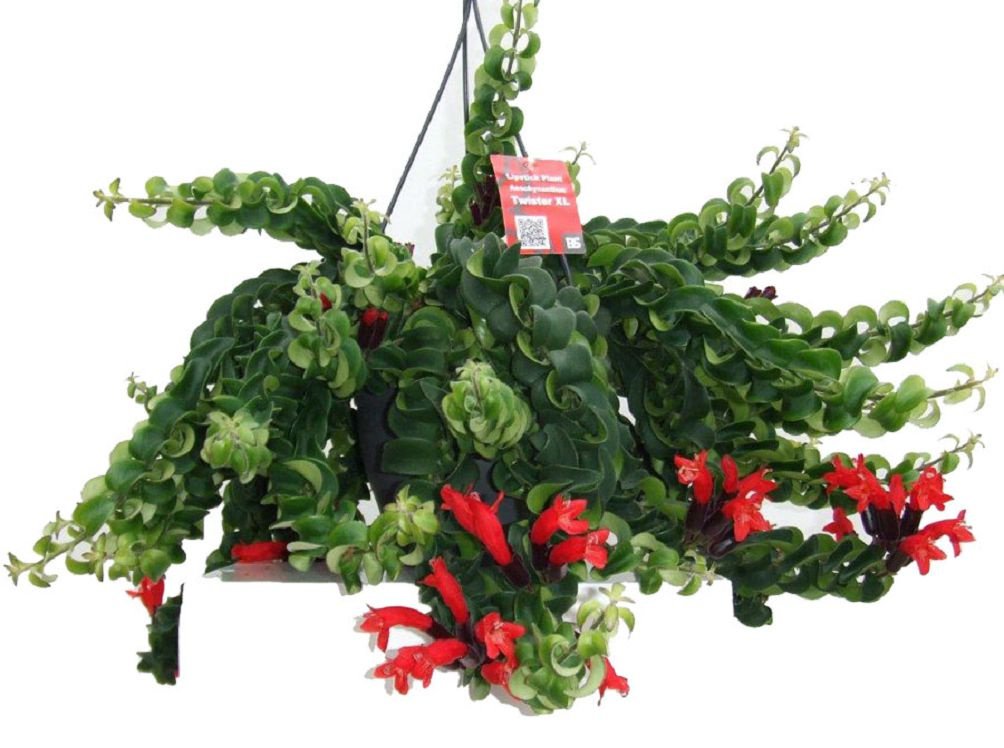
Eschinanthus beautiful or beautiful
This variety is most common in indoor floriculture. Flower shoots can grow up to 50 cm. Hanging shoots are covered with elongated oval-shaped leaf plates, which are painted in dark green, almost olive color. The leaf is about 10 cm long. Flowers are formed at the ends of the stems and resemble a small narrowed tube. Petals are bright orange or yellow hot.
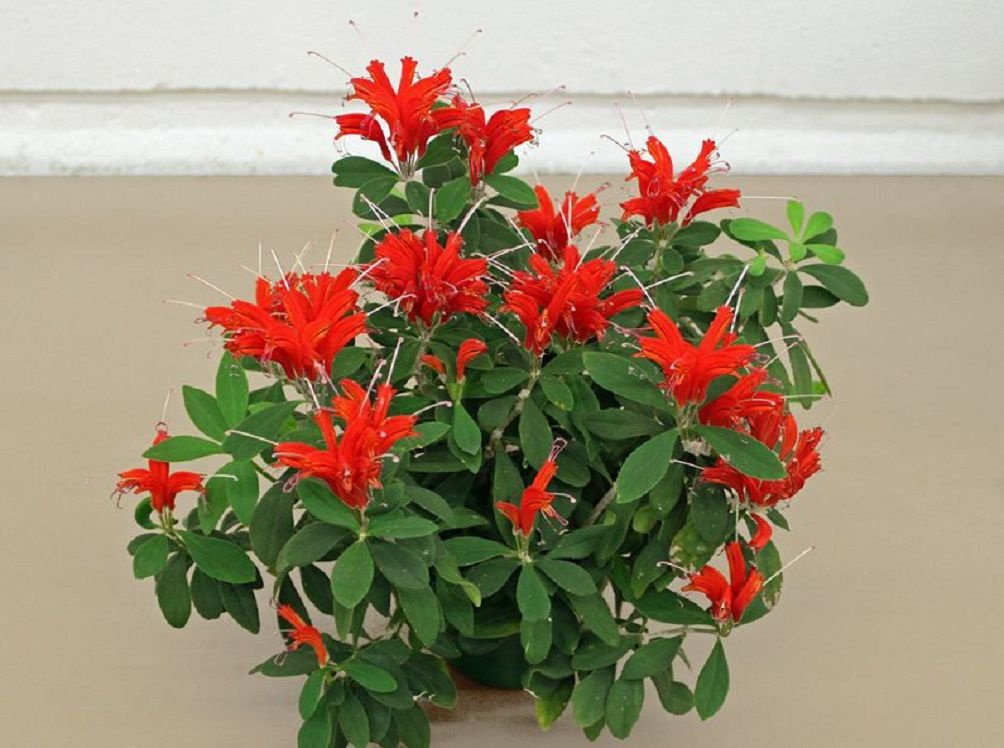
Long stem or marble
Epiphytic plant reaches 60 cm in length and is appreciated by plant lovers for the decorative foliage. Numerous stems are densely covered with leaves of a marble shade. They have a bright network of veins, and the lower side of the leaf plate casts a reddish color.Large leaves can grow up to 10 cm. Flowering specimen is quite inconspicuous. At the ends of long shoots tubular flowers of pale green color are formed.
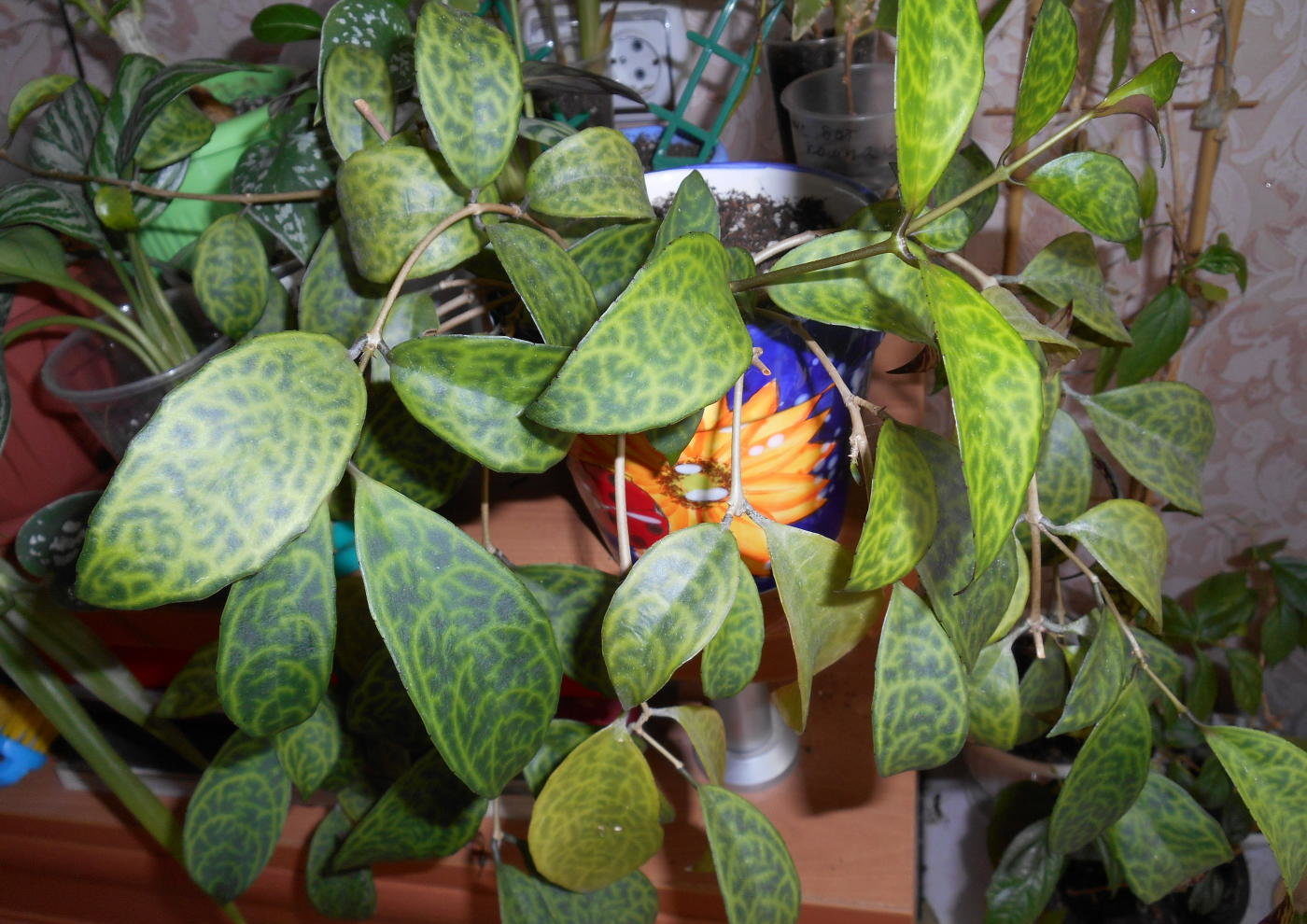
Brilliant
This species is actually a hybrid, but is sometimes described as a separate species. The flower has long shoots that are covered with powerful leafy plates with pointed ends. During flowering, many large brilliant flowers bloom that are painted yellow or orange. Flowers form at the ends of long branches and gather in large inflorescences.
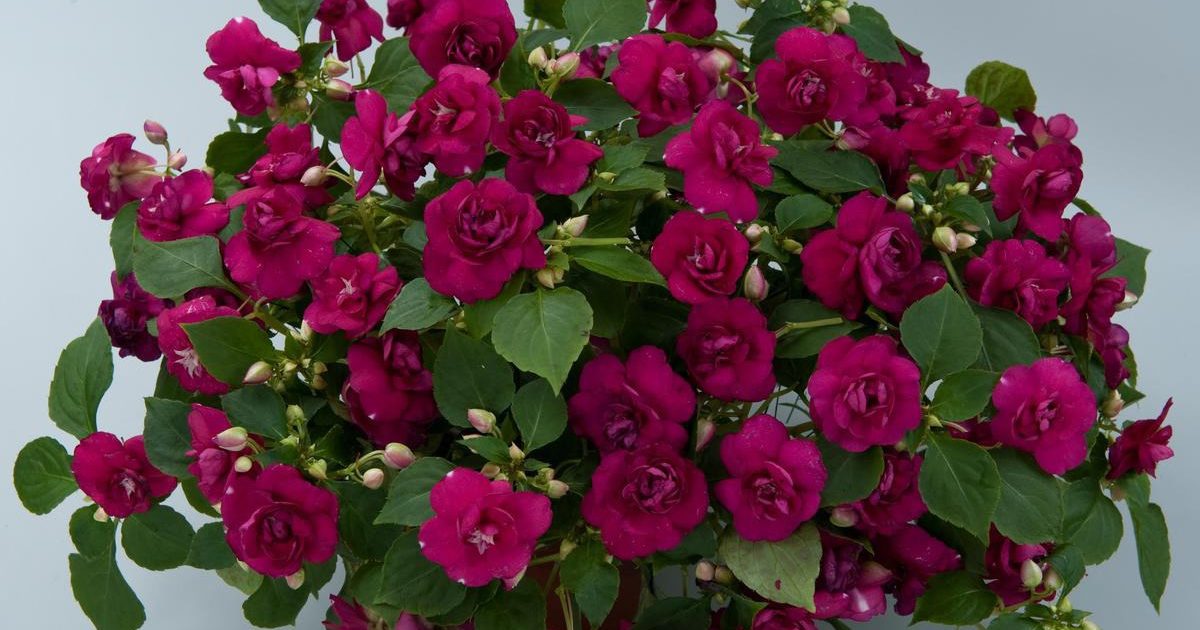 You may be interested in:
You may be interested in:Tricolor
Tricolor eschinanthus (tricolor) has medium-sized leaves and is characterized by a peculiar form of flowers. The base of their cups is expanded and may have a pink or deep red tone. On the blossoming flowers, burgundy and orange longitudinal stripes are clearly visible.
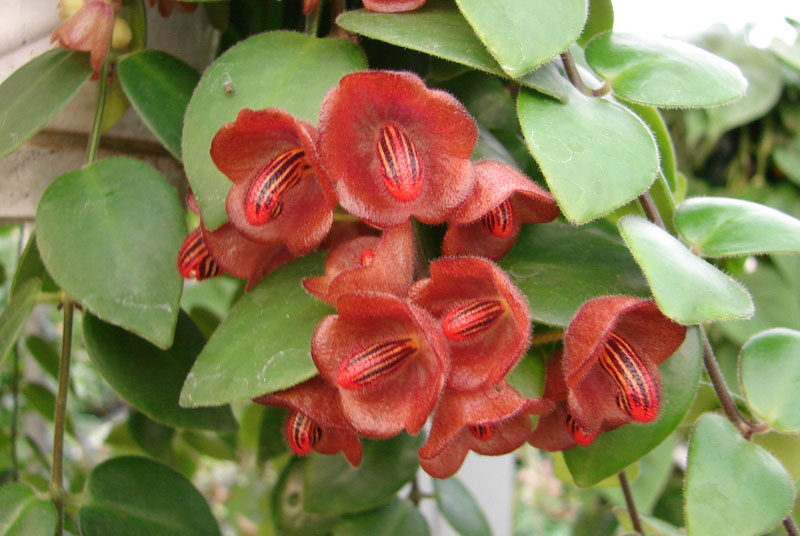
Elegant
Eschinanthus of this species is characterized by thin stems and small dense leaves. In home floriculture, the most common variety is Red Elf, which has compact dimensions and red flowers, which are clearly visible cream-colored stripes.
Often you can find the Coral Flame hybrid, which is distinguished by pink flowers of a coral hue and numerous small leaves. The stems of the plant are drooping, resilient and very flexible. Flowers, unlike other varieties, are formed along the entire length of the shoot.
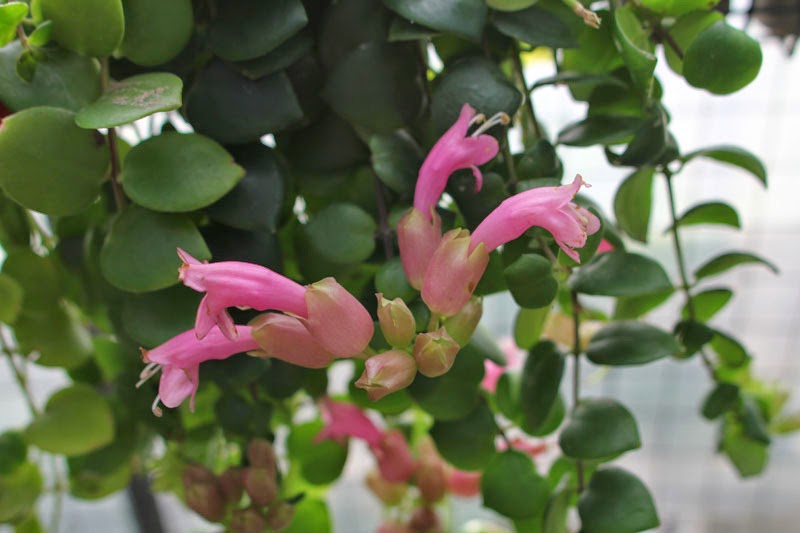
Care for eschinanthus at home
It is quite difficult to take care of this capricious plant, so many still fail to achieve flowering. The difficulty lies in the fact that it is not easy to determine what the flower is missing for the formation of buds. Decorative and leafy varieties are more demanding on lighting, so the location of the flowerpot is selected taking into account the preferences of a particular type.
Lighting and temperature
Aeschinanthus is a tropical resident, therefore, does not tolerate shade and cold. The habitat of wild species are humid and warm forests, where they grow on trees, in the middle tier. The room should have diffused light, and the plant should be protected from the scorching rays of the sun. A good location for the flowerpot would be a window in the east or west of the house.
In addition, the air temperature should be the same all the time, because the epiphyte is sensitive to its differences. A temperature reduction is permissible only during the dormant period, which lasts one and a half months (December-January). During the period of active vegetation, the ambient temperature should not exceed 26 ° C.
Watering and feeding
During watering, you should be extremely careful, because the flower treats the amount of water in the flowerpot very capriciously. Be sure to monitor the humidity of the upper part of the substrate - if it begins to dry, then it is necessary to water. If you do not monitor the soil moisture, but simply water it regularly, then the plant will die. Excess moisture provokes the appearance of root rot, as a result of which the leaves begin to fall off, and the soil acquires a characteristic putrefactive odor.
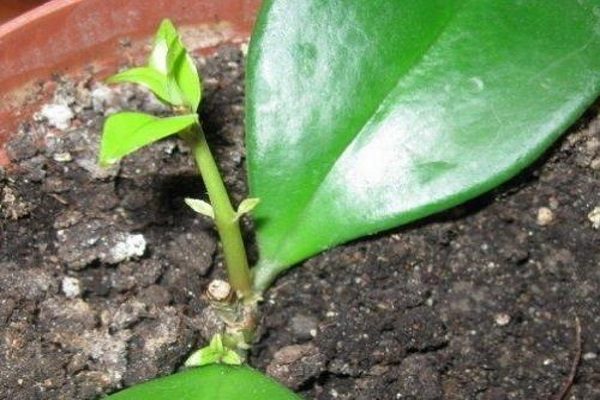
Watering is carried out with purified water at room temperature. There should not be salt in the water, because it accumulates in the soil and harms the root system. It is advised to take boiled water for irrigation, which has settled for at least two days. Experienced flower growers recommend that beginners water the plant as little as possible, because the lack of moisture eschinantus tolerates much better than the "boggy" soil.
Fertilize the soil twice a month during the period of active growth (March-September). For eskhinantusa, any mineral fertilizing suitable for flowering indoor plants is suitable. During rest, fertilizers are excluded.
Pruning
Pruning is carried out to form a beautiful shape of the bush. Timely pruning preserves the decorativeness of the flower, and pinching of young stems contributes to good branching. Pruning is carried out after the end of the flowering phase.
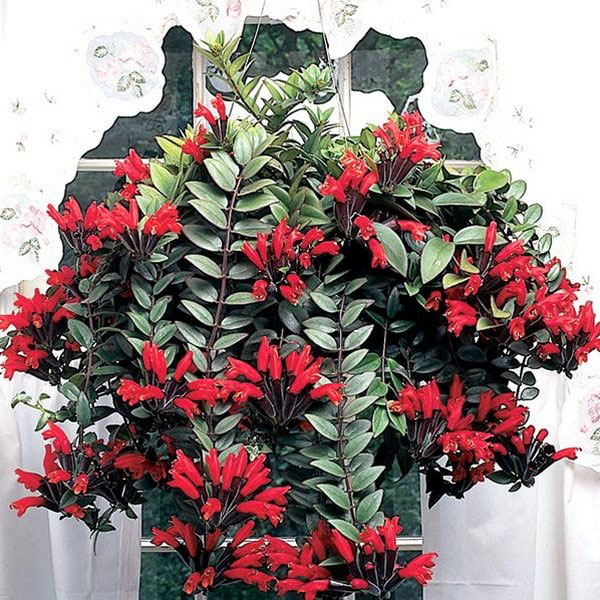
Adult specimens that are over 4 years old lose their attractiveness due to falling leaves near the roots, which reveals the ugly bare parts of the shoot. You can cut the shoots and grow a new flower or pinch the young shoots, which, as they grow, can close the bare stems.
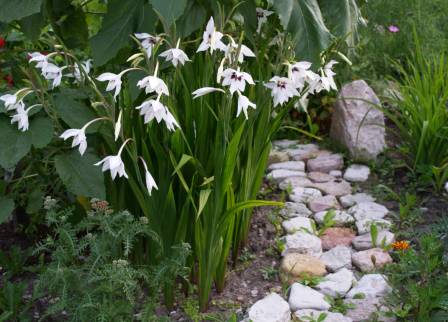 You may be interested in:
You may be interested in:How to propagate and transplant eshinanthus at home
Like all houseplants, eskhinantus should periodically change the soil and pot. Over time, the roots grow, and they become crowded in an old flowerpot. If the roots stick out of the flowerpot - definitely it's time to do a transplant.
How and when to transplant
Young flowers need an annual transplant, and adults transplant no more than once every four years if the flowerpot has become too crowded. The new capacity is selected 3 cm more than the old. The selected flowerpot should be boiled or doused with boiling water. To make it easier to extract the plant, it is watered about 30 minutes before the procedure.
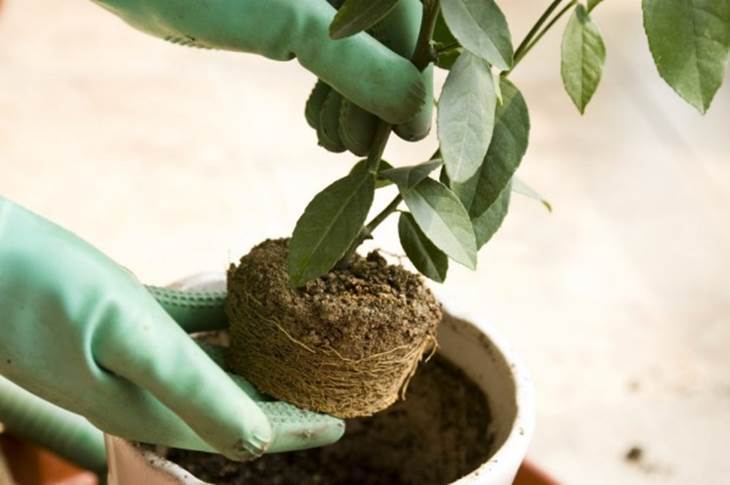
Transplant healthy plants by transshipment. If rotten roots are seen, they must be removed with a sterile tool.
The bottom of the pot must be covered with a layer of drainage, after which fresh soil is prepared. You can use purchased substrates, or you can prepare a filler for a flowerpot yourself from the following components:
- 30% peat and leaf soil;
- 20% of sphagnum and sand.
An earthen lump with a plant is placed in the center of a new flowerpot, and the remaining voids are filled with fresh soil.
Seed propagation
The plant is propagated in the spring and summer by seeds or cuttings. For seed propagation, the prepared soil is moistened with settled water, seeds are placed in it and covered with glass. In order not to disturb the greenhouse microclimate, planting material is watered through a tray.
A month later, the first sprouts appear on the surface, which gradually accustom to room conditions. It is advisable to plant young seedlings of several pieces in one flowerpot, which allows you to create a lush bush.
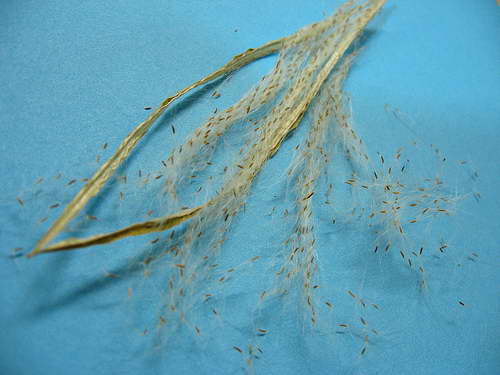
Cuttings
Cuttings can be cut with the onset of spring. Cut the longest stem with a sharp sterile instrument and divide it into cuttings, the length of which should be about 10 cm. Each stalk should have at least 5 knots. Further, the procedure is carried out as follows:
- lower leaflets from cuttings are removed;
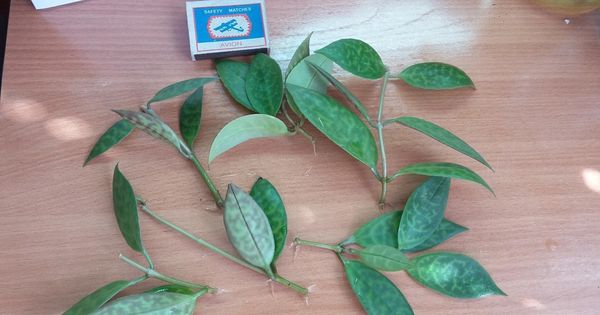
Cuttings - prepare a substrate, which should include two identical parts of sand and peat;
- the handle is treated with a growth stimulator (Kornevin) and deepened into a container to the first leaf;
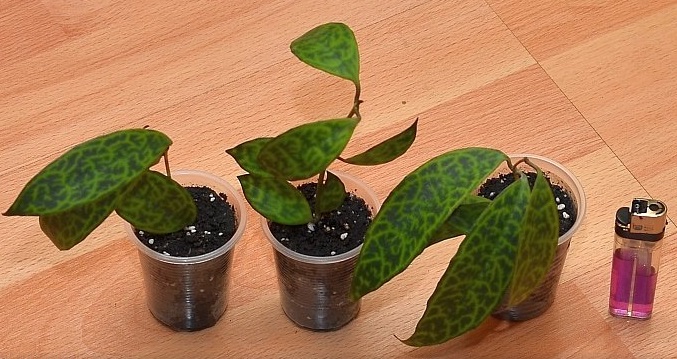
Cuttings - the pot is covered with a bag and transferred to a warm room, the temperature of which should be within 24 ° C.
Rooting takes place over three weeks. If new leaflets appeared on the handle, the reproduction procedure was successful.
A package of young plants is removed gradually: first, for several hours a day, and then completely removed.
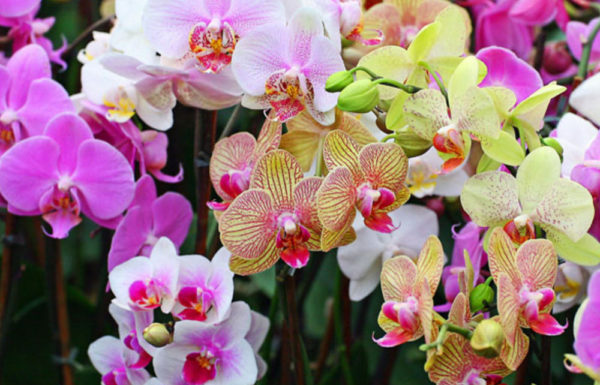 You may be interested in:
You may be interested in:Diseases and pests of a houseplant
Most diseases and pests affect weakened plants, the care of which was not entirely correct. Too dry air contributes to the appearance of a spider mite, which can be detected after changing the color of the leaves to brownish-gray. At an early stage, you can get rid of the pest by washing the flower with warm water. If the aerial part is covered with small cobwebs, you should use insecticides.
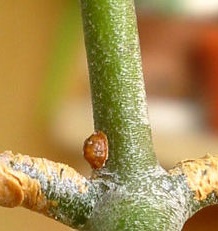
When a scale appears, the flower is wiped with a soapy solution and treated with Actellik. The mealybug stops the growth of eschinanthus, so treatment begins at the first sign of infection. The aerial part is carefully inspected for the presence of a sticky gun of white color. Insects are removed with a cotton swab dipped in an alcohol solution, after which the flower is washed with warm water.
Gray rot attacks a plant that lives in a humid environment at low air temperature. At the initial stage of development, this disease is similar to mold. The first step is to normalize the microclimate of the room, after which they begin to process the eschinanthus with a solution of baseazole. You can get rid of powdery mildew with a garlic solution.
Common Growing Questions
This resident of the tropics is quite capricious in leaving, so only a responsible and purposeful flower grower can grow it (and even more so, make it bloom). But the brightness and unusual flowering will certainly become an excellent decoration of the house and an object of admiration for others.

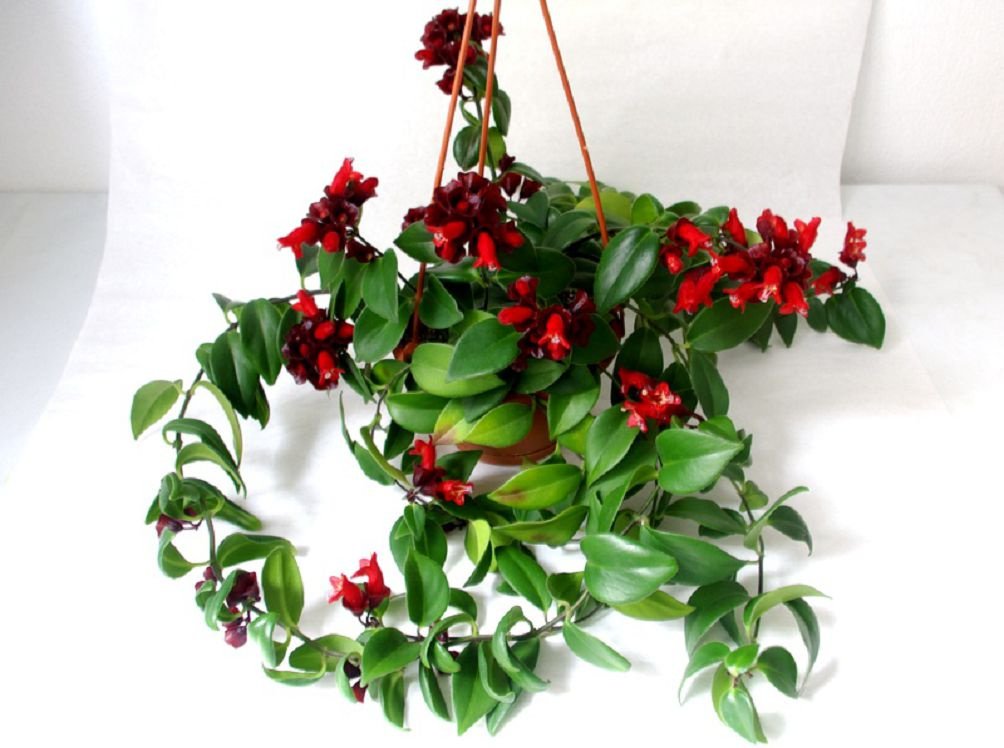
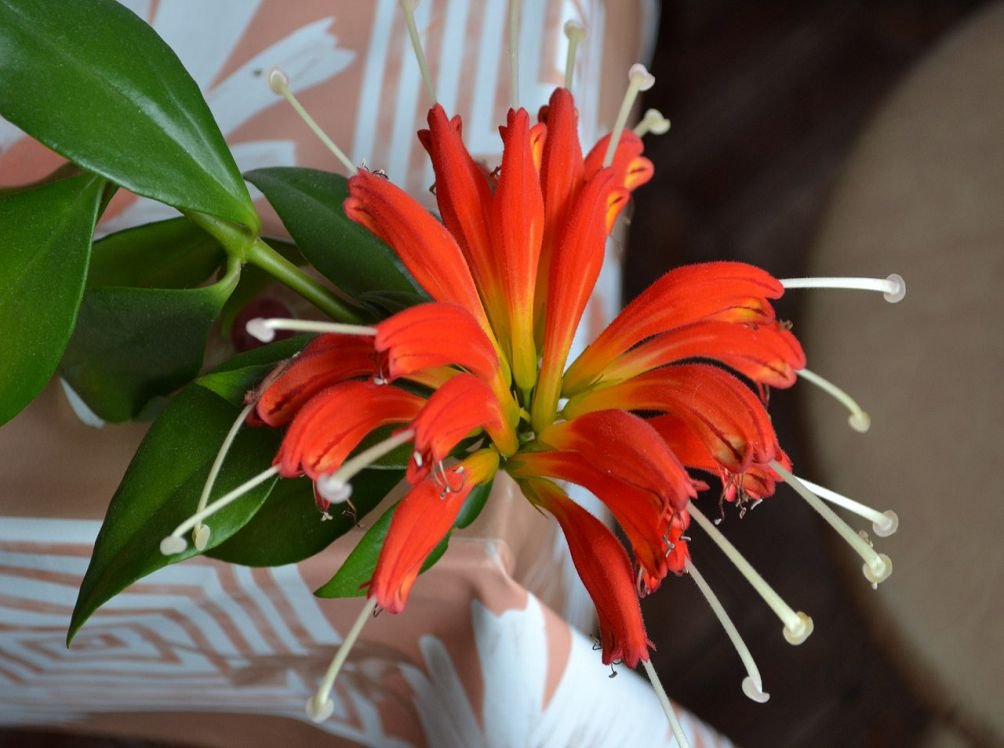
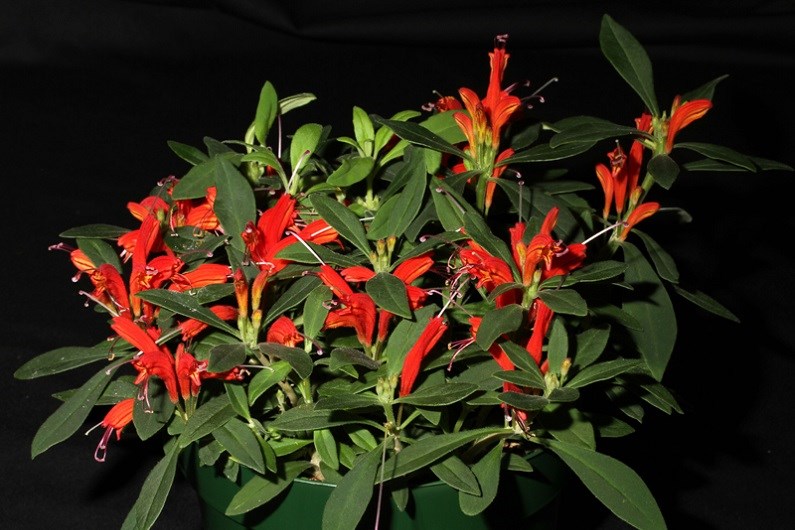
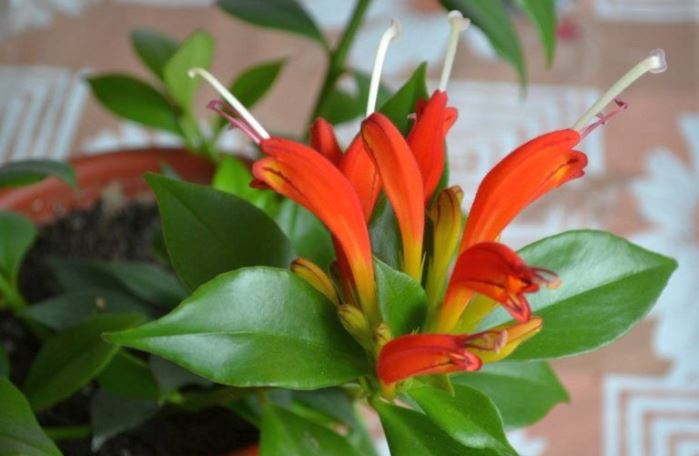
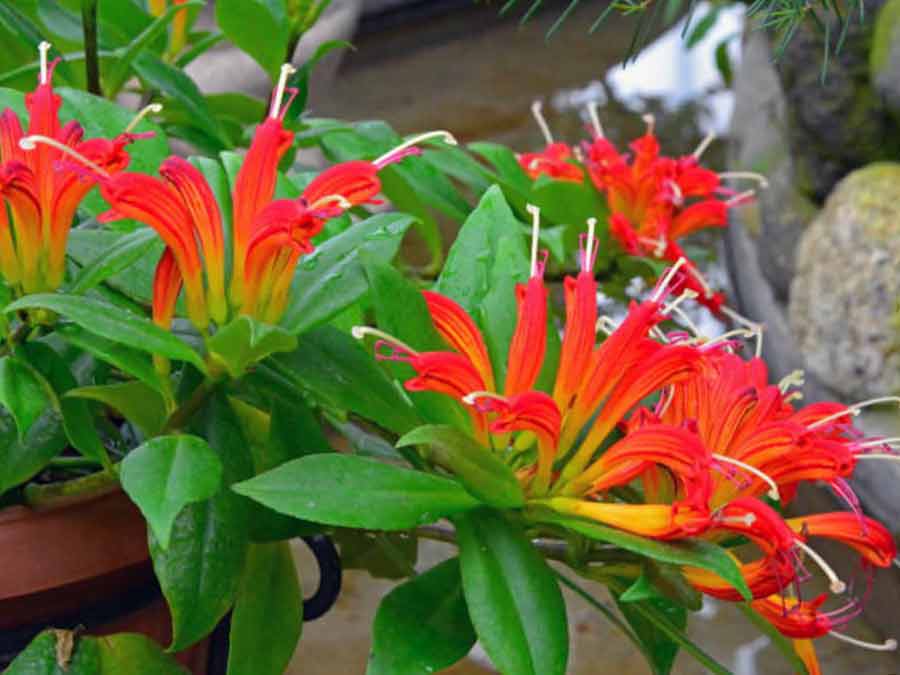



 10 beautiful annuals that bloom all summer
10 beautiful annuals that bloom all summer Sow in the ground, without seedlings: 10 beautiful and unpretentious flowers
Sow in the ground, without seedlings: 10 beautiful and unpretentious flowers Platicodon planting and outdoor care
Platicodon planting and outdoor care Hosta - planting and care in the open ground in the Urals
Hosta - planting and care in the open ground in the Urals